Can we practice handwriting without a pencil, please?
This post may contain affiliate links.
 Let me start by saying that I’m probably one of the few pediatric occupational therapists who needs help with arts and crafts! No, seriously! I am so thankful for the many wonderful websites and blogs whose authors share some of the most incredible activity ideas with me! And, Pinterest? Well, I’m not really sure what I did before I joined that nifty “sharing and storage” site! But, with that said, I can honestly say that I could not function as a handwriting specialist without an arts-and-crafts bag of tricks. My OT Tool Box also includes gross motor activities that connect the fine motor skills gained from arts-and-crafts to the mastery of handwriting skills. Handwriting doesn’t have as much to do with the pencil as one would think. Oh, yes, pencil grip is important. But haven’t you seen perfectly functional adults writing with pencil grips that look dysfunctional? So, although I need to help my clients “get a grip,” there is so much more than a pencil grip involved in handwriting.
Let me start by saying that I’m probably one of the few pediatric occupational therapists who needs help with arts and crafts! No, seriously! I am so thankful for the many wonderful websites and blogs whose authors share some of the most incredible activity ideas with me! And, Pinterest? Well, I’m not really sure what I did before I joined that nifty “sharing and storage” site! But, with that said, I can honestly say that I could not function as a handwriting specialist without an arts-and-crafts bag of tricks. My OT Tool Box also includes gross motor activities that connect the fine motor skills gained from arts-and-crafts to the mastery of handwriting skills. Handwriting doesn’t have as much to do with the pencil as one would think. Oh, yes, pencil grip is important. But haven’t you seen perfectly functional adults writing with pencil grips that look dysfunctional? So, although I need to help my clients “get a grip,” there is so much more than a pencil grip involved in handwriting.
Efficient handwriting skills require some very complex skills that can be developed in some very simple ways. Children seem to know how to hone these skills when they are given the freedom to experiment. That’s called “play,” by the way! There are five areas where children need to be proficient in order to be “handwriters.” I will connect them here with some very simple and inexpensive activities that will create fun handwriting experiences – without a pencil!
- Visual Motor Skills – the ability to use our vision to control our movements. Children use these skills to reproduce shapes, letters and numbers; connect lines; start and stop at the correct spot; and to edit for accuracy. Activities that work on these skills are:
– playing catch with balls or balloons, chasing after bubbles, or a game of hopscotch
– pennies and a piggy bank, threading beads on a pipe cleaner, or weaving construction paper place mats
– making a sandwich using directions, learning to tie shoes, or practicing the piano
- Visual Perception Skills – the ability to understand what we see. Children use these skills to remember letter formations and to produce them automatically and with appropriate speed. They are also important for recognizing the difference between letters (e.g., b and d) and for remembering the proper placement of letters within words for accurate spelling. Simple activities for these skills are:
– obstacles courses created with pillows, chairs, and blankets; musical chairs, or the crab walk
– puzzles created from used greeting cards, mosaic art designed with pieces of tissue paper, or a nature treasure hunt
– sorting laundry, emptying the dishwasher, or organizing the play area
- Fine Motor Skills – the ability to use the small muscles of the hands for precision tasks, sometimes using vision to guide them. Children use these skills to write fluently and effortlessly. Before I resort to adaptive pencil grips, I like to see a child work on developing these skills with activities such as:
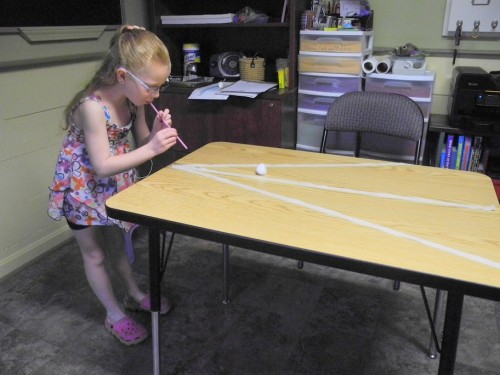
– blowing through a straw or a whistle (to work on visual skills), stacking blocks, or building a sandcastle
– molding putty, stringing popcorn, or playing clothespin games
– learning to zip or button a coat, gardening, or polishing the furniture
- Trunk Control Skills – the ability to maintain an appropriate sitting or standing posture. It’s very difficult for a child to work without fatigue if his body is working against him. Sitting at a desk, or even running around the playground, requires strong trunk muscles. Fun indoor and outdoor strengthening activities include:
– balancing on one foot, hopping, or sack races
– yoga, kicking a balloon across the room, reading in a rocking chair
– carrying out the trash, using a shovel for snow or gardening, or riding a bike
- Shoulder Stability – the ability to produce slow, well controlled shoulder movements. Poor shoulder stability will result in fatigue and poor pencil control. The shoulder provides a stable base from which the arm and hand glide across the page. Shoulder strengthening activities can be:
– flying a kite, jungle gym activities, or wheelbarrow races
– art projects completed on a vertical surface, crawling on hands and knees, or working on a precision craft project
– hanging clothes outside to dry, making the bed, or vacuuming
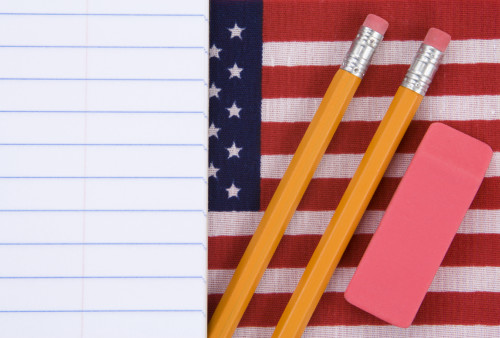
You may have noticed that a pencil was not mentioned in any of my suggested activities! No, I didn’t forget it. It simply doesn’t have to be the only way a child masters handwriting skills!!
You may have also noticed that these activities are directed toward our younger learners. Next month, I hope you will join me as we explore opportunities to help our older hand writers hone their handwriting skills!
![]() Katherine J. Collmer, M.Ed., OTR/L, is a pediatric occupational therapist who specializes in the assessment and remediation of children’s handwriting skills. She can be contacted via her website, www.handwritingwithkatherine.com.
Katherine J. Collmer, M.Ed., OTR/L, is a pediatric occupational therapist who specializes in the assessment and remediation of children’s handwriting skills. She can be contacted via her website, www.handwritingwithkatherine.com.

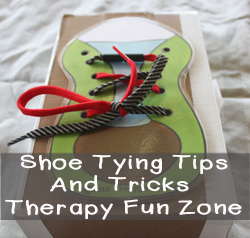

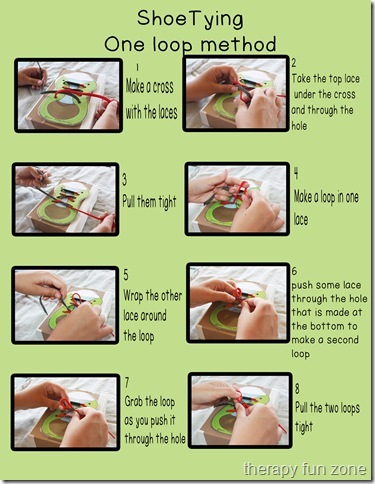
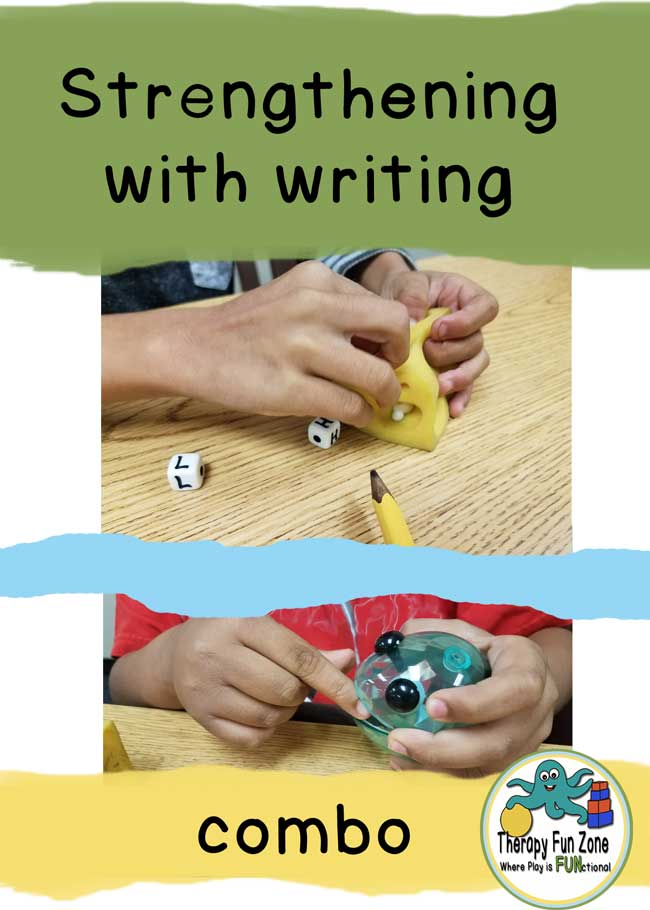
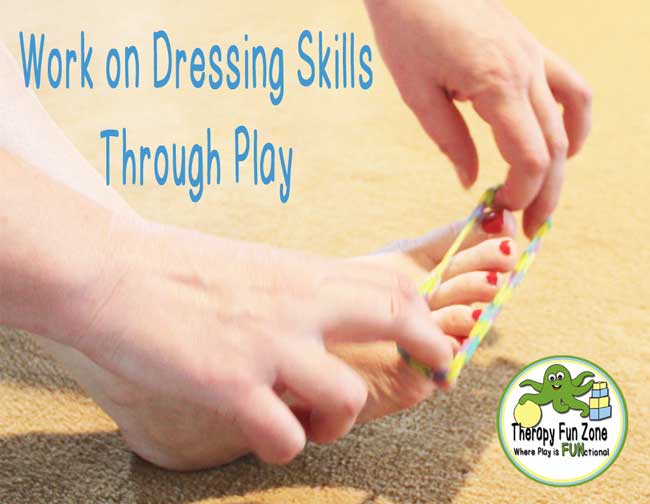
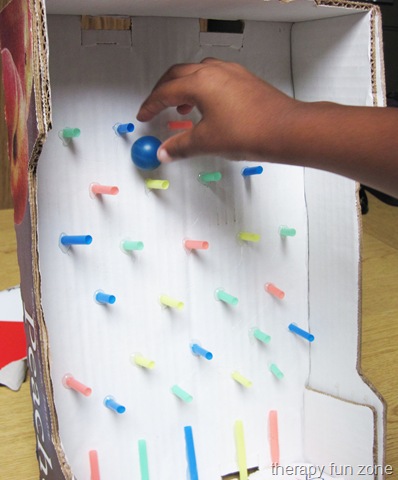
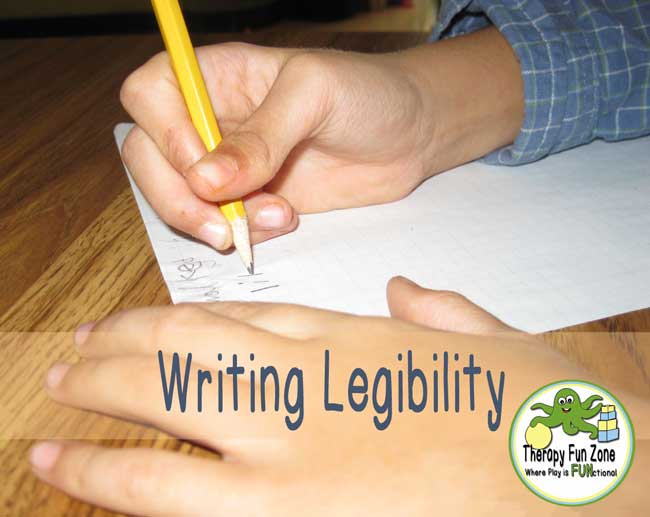
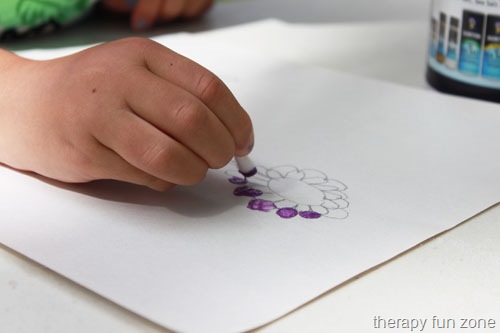
I am working in my second semester as a school-based COTA. I am truly enjoying my position and I am starting to feel brave enough to speak to the teachers at an in-service to explain all the ways that OT can benefit their students in the school setting. I wanted to ask if I could copy your article about teaching handwriting without a pencil to include in a handout for the teachers.
Hi, Tracie. Congratulations on putting together an inservice for your teachers! I’m honored that you would like to share my work. I wonder if you wouldn’t mind sending your request through my “Contact Me” page on my website, please. We can work out the details pretty quickly there. It’s http://www.handwritingwithkatherine.com. I look forward to hearing from you!